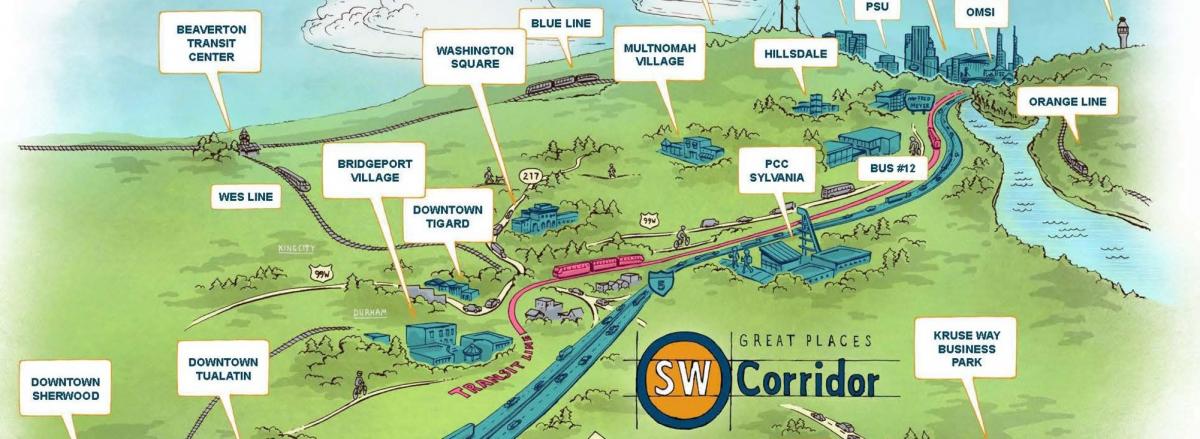- YourGovernment
-
OurCommunity
-
- About Tualatin Advisory Committees Animal Services Community Involvement City Codes City Council City Projects
- Community Crime Reports Customer Service Request Explore Tualatin Now Fire Library Municipal Court Tualatin Today
- Parks & Recreation Passports Permits & Forms Planning & Zoning Police Volunteer Tualatin Moving Forward
-
-
ForVisitors
-
- Parks, Greenways, Recreation and Library Library Parks Public Art Parks and Recreation
- Shopping, Dining, and Entertainment Chamber of Commerce
- Community Events Community Theatre Pumpkin Regatta Special Events
-
- DoingBusiness
-
HowDo I?
-
- Apply for a Job Apply for an Advisory Committee Contact the City Council Get a Copy of a Police Report File a Records Request Find Forms
- Find Planning & Zoning Find Public Transportation Find the City Code Get a Business License Get Email Subscriptions/Notifications Locate City Offices
- Contact the City Pay My Traffic Fine Pay My Water Bill Reserve a Facility Sign Up for a Recreation Program Search the Website Volunteer
-
Southwest Corridor Plan

Plan to connect high capacity transit (light rail) from Portland to Tualatin via Bridgeport Village.
What is the Southwest Corridor Plan?
An effort to establish a new 12-mile TriMet MAX line (high capacity transit or light rail) between southwest Portland and Bridgeport Village in Tualatin. TriMet's project website provides the most up-to-date information on the project. Metro's project website provides ample detail on the project scope and background. In addition to light rail, the plan includes:
- Roadway, bicycle and pedestrian projects to help people get to transit
- A strategy to promote equitable development in the corridor when light rail is constructed (SWEDS)
- A specific equitable housing strategy for Tigard and Portland along the light rail line
- A Shared Investment Strategy for transportation improvements that connect the corridor’s communities well beyond the proposed light rail line
This plan has been created as a partnership of seven cities, Washington County and the Metro Council, along with TriMet and the Oregon Department of Transportation.
What is happening now?
Voters did not approve Measure 26-218. As a result, further planning and design work on a proposed Max Light Rail line in the Southwest Corridor is on pause.
How can I stay involved or receive updates?
Sign up for email updates at TriMet's Southwest Corridor Plan website.
Questions about the Southwest Corridor Plan?
Contact Jennifer Koozer, TriMet Community Affairs Manager, at koozerj@trimet.org or (503) 962-2116.
Contact Steve Koper, AICP, Assistant Community Development Director, at skoper@tualatin.gov or (503) 691-3028.
Background
Starting in 2011, Metro began facilitating a conversation about improving transportation options from Portland to the southwest corridor. Plans to extend light rail or add dedicated bus service to as far as Wilsonville and Sherwood were explored. In Tualatin, additional effort was made in evaluating a range of transportation projects through our local Transportation System Plan Update and Linking Tualatin Plan.
As detailed on Metro's project website, a collaborative process was conducted that focused the project on connecting light rail as far south as Bridgeport Village in Tualatin.
The planning phase determined where the rail will go (alignment) and how far (Tualatin). There was a Draft Environmental Impact Statement (DEIS) conducted to study the impact and gain public input. The Locally Preferred Alternative (LPA) route was endorsed by the project partners, the Community Advisory Committee, and Steering Committee in 2018.
In 2019, the project moved from planning to design phase, therefore management moved from Metro to TriMet. The design phase determined the station locations, park-and-ride sizes, alignment design (e.g. walls, landscaping, etc.), bike-pedestrian connections, as well as federal requirements during a Final Environmental Impact Statement (FEIS).
In 2020, this project faced a major decision as Metro put forward a regional vote on transportation funding. The ability to develop enough local funding to match federal dollars to build this project was dependent upon this vote, and it did not pass.
